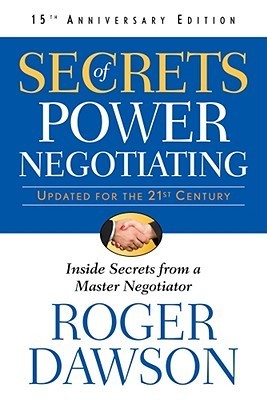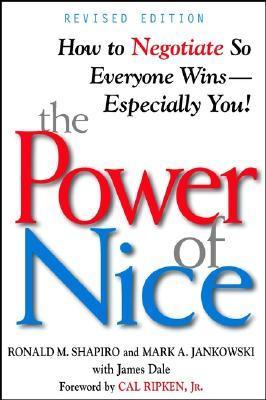
Never Split the Difference: Negotiating As If Your Life Depended On It
Book Description
Imagine standing on the edge of a life-or-death negotiation, where every word could tip the scales between survival and disaster. Chris Voss, a former FBI hostage negotiator, pulls you into the high-stakes world of negotiation, revealing powerful techniques that can transform any discussion into a tactical advantage. With a gripping blend of real-life stories and psychological insights, the book uncovers the art of persuasion when the stakes are at their highest. Master the secrets of tactical empathy and learn to turn opponents into allies. What if every conversation could be your ultimate negotiation?
Quick Book Summary
"Never Split the Difference" by Chris Voss is a groundbreaking book on negotiation rooted in the high-stakes experiences of an FBI hostage negotiator. Drawing from real-life scenarios, Voss outlines practical tools anyone can use to gain the upper hand in any discussion, whether bargaining for a salary or making a business deal. Central to his approach is the concept of tactical empathy, which emphasizes understanding and influencing the emotions of your counterpart. Voss debunks conventional negotiating wisdom—like aiming for compromise—and argues that listening, mirroring, and emotional intelligence lead to better outcomes than logic and reason alone. With actionable techniques and dramatic stories, the book empowers readers to negotiate as if their life depended on it, making it essential for both personal and professional growth.
Summary of Key Ideas
Table of Contents
Tactical Empathy: Understanding Emotions to Gain Trust
Chris Voss introduces readers to the essence of negotiation through the lens of his experiences as an FBI hostage negotiator. He argues that the foundational principle behind effective negotiation isn't logic or rationality, but human emotion. Voss emphasizes that every negotiation, regardless of stakes, is an emotional process shaped by fear, desire, and trust. He illustrates how applying lessons from life-or-death situations can dramatically improve everyday negotiation outcomes, urging readers to approach negotiations with both psychological insight and empathy.
Mirroring and Labeling: Tools for Effective Listening
Central to Voss’s methodology is the concept of tactical empathy, which involves actively listening and understanding the counterpart’s perspective. Rather than viewing negotiation as a contest, he suggests that success comes from connecting on a deeply human level. Through techniques like labeling—acknowledging others’ feelings—and mirroring—repeating words to encourage openness—negotiators can disarm resistance and build rapport. This empathetic approach enables negotiators to earn trust and extract valuable information, setting the stage for more favorable outcomes.
No-Deal Is Better Than a Bad Deal: Shaping the Outcome
Voss challenges traditional negotiation advice centered on compromise and “splitting the difference.” Instead, he asserts that aiming for a “no-deal” is sometimes better than accepting unfavorable terms. By not being afraid to walk away and by using subtle signals such as saying “no” or using calibrated questions, negotiators demonstrate strength and gain leverage. Voss also demonstrates how “no” can be the start of genuine dialogue, allowing both parties to clarify their needs and boundaries for a more desirable resolution.
Calibrated Questions: Guiding Conversations Strategically
One of the most powerful devices Voss recommends is the use of calibrated, open-ended questions. By steering the conversation with queries like “How am I supposed to do that?” negotiators prompt their counterparts to outline constraints and solutions themselves. This approach shifts problem-solving responsibility, uncovers hidden motivations, and helps maintain control over the flow of the conversation.
Bending Reality: Creating Perceived Value and Leverage
The final insight is the importance of shaping perception, or bending reality during negotiation. Voss explains how creating a sense of fairness or urgency, anchoring demands with extreme numbers, and leveraging loss aversion can increase perceived value and improve terms. Through compelling anecdotes, Voss demonstrates that negotiation is as much about framing as it is about substance. By mastering these psychological tools, readers can not only achieve better deals but also cultivate more meaningful professional and personal relationships.
Download This Summary
Get a free PDF of this summary instantly — no email required.





